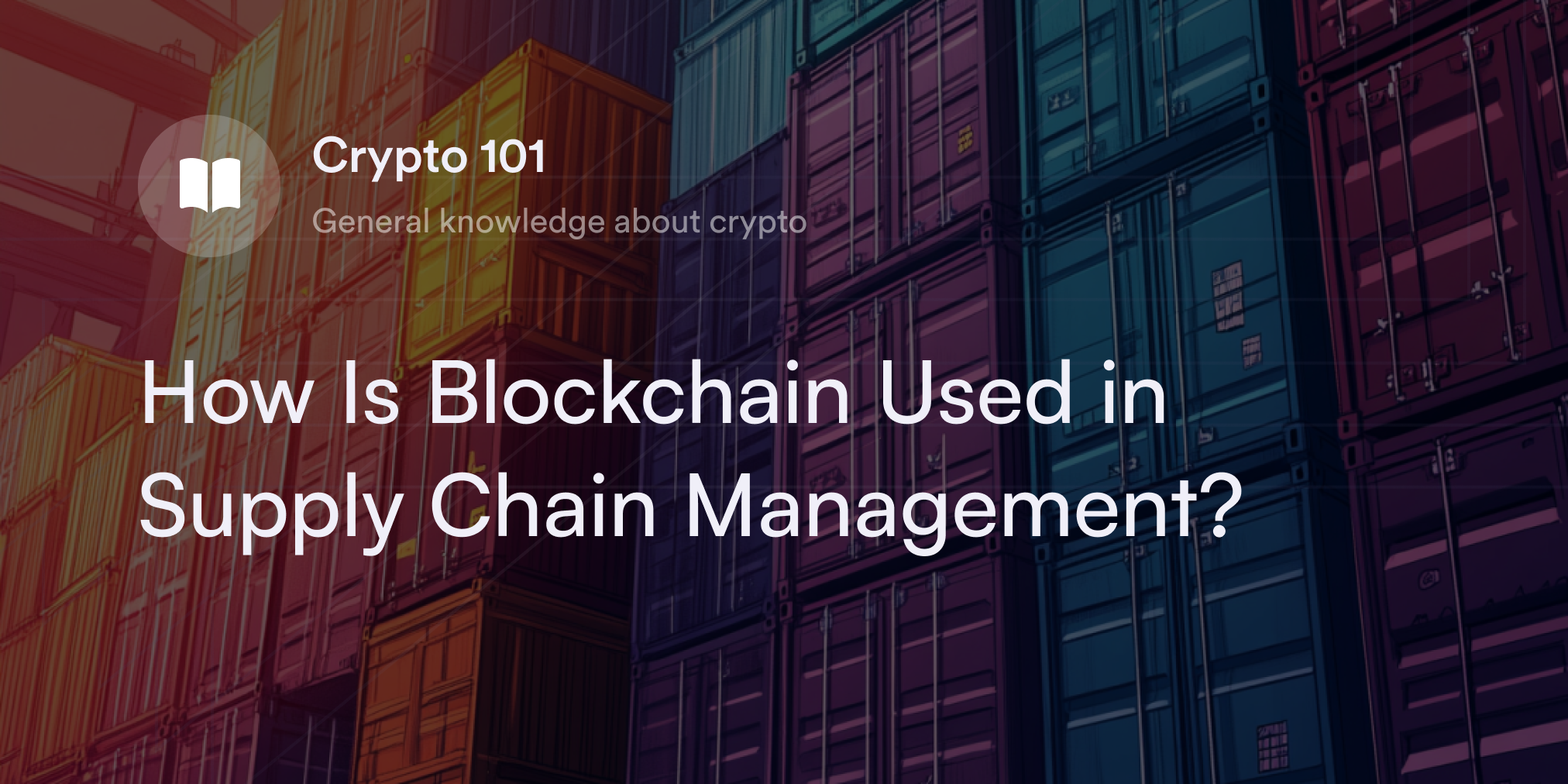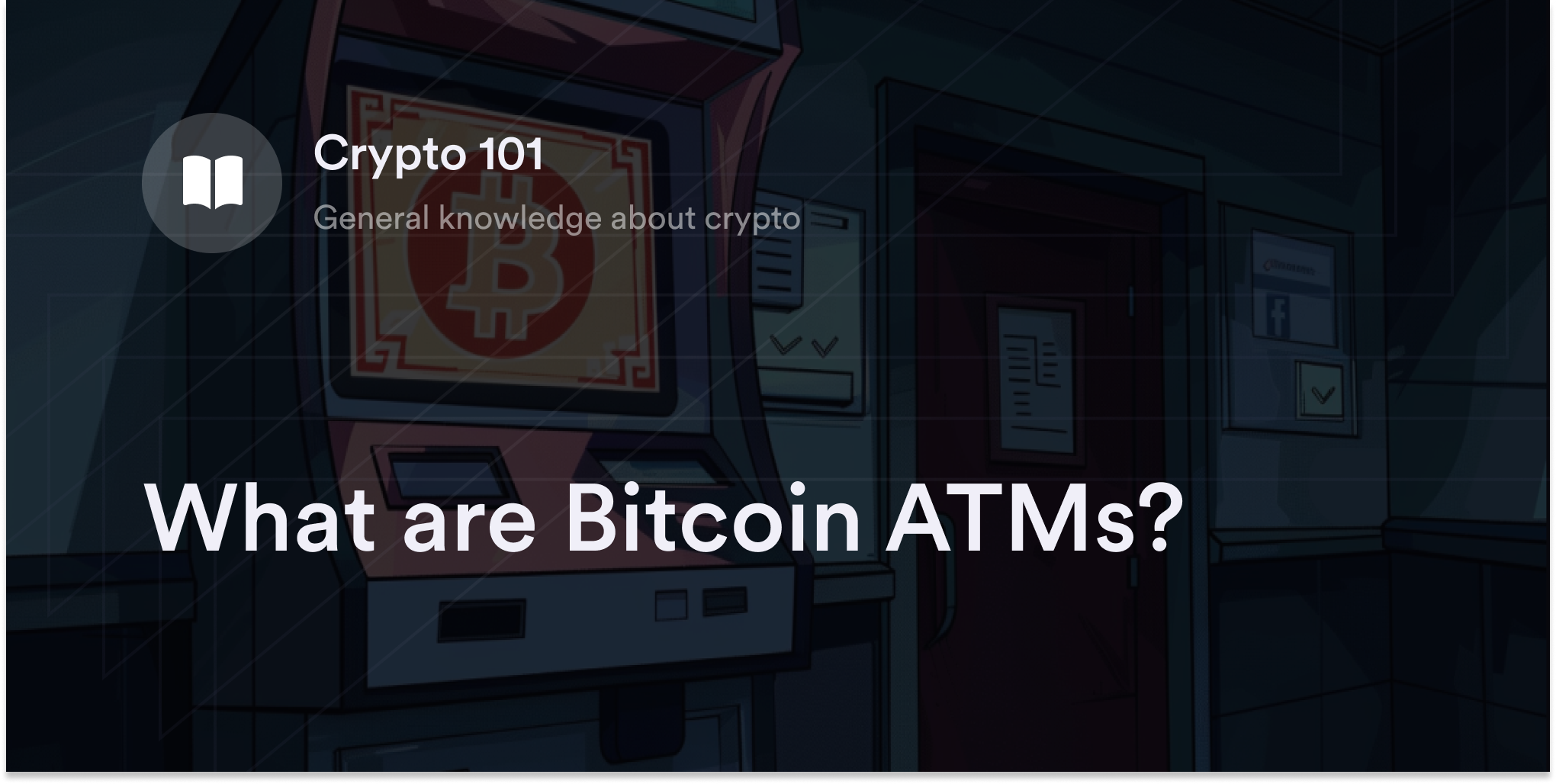


Picture this: You want to send Bitcoin (BTC) to a friend. Everything seems to go smoothly until unexpected delays occur, leaving you in limbo, waiting for confirmation that the funds have been received. This frustrating scenario could result from transaction malleability, a nuanced issue within the blockchain that can have significant consequences if not properly addressed.
In this guide, we’ll review the basics of a transaction malleability attack, how it works, and the factors affecting it. We’ll also discuss situations involving unconfirmed blockchain transactions and how to combat such issues.
What is transaction malleability, and how does it work?
Transaction malleability occurs in the Bitcoin network where a transaction’s unique identifier, the transaction ID (TXID), can be altered before the transaction is confirmed in a block. This alteration doesn’t affect the transaction's fundamental components—like the sender, recipient, and amount transferred—but changes its digital "fingerprint" (or hash) that uniquely identifies the transaction on the blockchain.
The core of transaction malleability lies in the way Bitcoin transactions are signed. While the digital signature covers most of the transaction's data to ensure its integrity, certain parts of the transaction, like the scriptSig field in the input, aren’t included in what the signature protects. This omission facilitates minor, non-essential modifications to the transaction data that, while not altering BTC’s actual value or flow, change the transaction's hash and, consequently, Bitcoin’s transaction IDs (or Bitcoin TXID).
In practice, a third party can exploit transaction malleability to create confusion about a transaction’s status. For example, if a payment processor uses the TXID to track transactions and confirm payments, a modified TXID could mislead the processor into thinking the transaction failed, although the Bitcoin was successfully transferred. It's important to note, however, that this doesn’t mean the transaction or its contents are hacked or invalidated; it simply means the identifier used to track the transaction on the blockchain has changed.
What causes transaction malleability?
Transaction malleability is primarily caused by how transaction data is structured and signed in some blockchain protocols, allowing certain parts of a transaction to be altered without invalidating the transaction itself. Here are the main factors contributing to transaction malleability:
Digital signature scheme
In many blockchain systems, a digital signature verifies a transaction’s authenticity and integrity. However, the signature often doesn’t cover the entire transaction data, like scriptSig, leaving room for modifications to transaction data.
Flexible transaction fields
Some fields in a transaction aren’t strictly defined and can be represented in more than one valid way.
For example, a script or a signature can often be encoded in multiple valid forms. Modifying these fields in a way that doesn't change their meaning or function but does alter their binary representation can change the TXID without affecting the transaction’s validity.
Third-party modifications
Before a transaction is confirmed in a block, third parties (e.g., nodes relaying transactions) can modify these malleable aspects. Since these changes don't affect the fundamental aspects of the transaction, the network still considers the modified transaction valid.
Types of malleability attacks
Over the years, attackers have leveraged transaction malleability to execute sophisticated attacks, affecting individual users and large platforms. Here are a few examples of malleability attacks:
Data corruption
Here, attackers manipulate non-essential parts of a transaction’s data, causing confusion without invalidating the transaction. Although not directly leading to theft, this can disrupt network operations and trust.
Invoice duplication
In this type, third parties copy invoices to perfection, duplicating the original transaction ID. They trick users or services into paying the same invoice twice, thinking the first transaction failed.
Fee manipulation
Attackers could tweak the transaction to change the transaction fee, potentially lowering it or redirecting the fee to another address they control. While more theoretical, this type of manipulation exploits the flexibility in transaction construction to siphon transaction fee.
Transaction ID modification
By changing the TXID, attackers convince a party that a transaction failed or hasn't been processed, leading to the erroneous issuance or duplication of payment.
Double spending
True double spending attacks involve overcoming a blockchain's consensus mechanism, but transaction malleability could facilitate a form of double spending where the altered transaction appears as a separate, new transaction. This could potentially deceive a recipient or a service into accepting both transactions, thinking they’re different and leading to financial discrepancies.
Transaction malleability example
A classic, real-world example of transaction malleability is the Mt. Gox incident in 2014. Mt. Gox, once responsible for managing 70% of the world’s BTC, halted all withdrawals in early 2014 and filed for bankruptcy after announcing that it had lost about 850,000 BTC, valued at approximately $450 million at the time.
The hackers accessed the stash by altering a transaction before it was signed and hashed. The transaction was then resubmitted to the network with new information. The altered data prevented Mt. Gox from locating the initial transaction, meaning the exchange sent the funds again.
This manipulation contributed to confusion and mismanagement within Mt. Gox's operations, and the exchange couldn’t accurately track the movement of funds, leading to repeated withdrawals that significantly drained its Bitcoin reserves.
The incident highlighted the vulnerabilities associated with transaction malleability and sparked widespread concern over the security of other exchanges and Bitcoin itself. It served as a wake-up call for the cryptocurrency community, emphasizing the need for more robust security measures and addressing known vulnerabilities like transaction malleability.
What are the effects of Bitcoin’s malleability?
Bitcoin malleability can alter TXIDs before their confirmation in the blockchain without affecting the actual transaction content. This inherent characteristic of Bitcoin's design has far-reaching effects on transaction processing, security measures, and the overall trust in the digital currency network. Understanding these effects helps users and exchanges shape their risk management strategies. Here are the effects of Bitcoin’s malleability:
Influence on Bitcoin exchange operations and scalability
Malleability can cause BTC transactions to experience extreme delays, leading to slow confirmations. In fact, the Bitcoin network may offer less scalability if the problem isn’t addressed, meaning it could lag permanently and become incapable of handling excess transactions.
Delayed transaction confirmation
Systems that rely on specific TXIDs to verify transaction completion may not recognize the altered IDs, causing delays until the issue is resolved. This affects the timeliness of transactions and leads to a poor user experience, as participants are left waiting for confirmations that don’t match the original transaction ID.
Risk of fraud and double spending
Malleability opens the door to cryptocurrency fraud. Hackers can alter transactions and mislead networks to make it appear that a transaction has not been processed, prompting the sender to reissue it. This could lead to the unintended release of additional funds or the same funds being spent twice under the guise of transaction ID discrepancies.
Although Bitcoin's consensus mechanism inherently protects against double spending, the confusion created by malleable transactions can lead to temporary vulnerabilities until detected and addressed.
How to address transaction malleability
Addressing the issue of transaction malleability has been a focal point for developers and participants in the Bitcoin network and other blockchain technologies. One of the most significant advancements is the implementation of Segregated Witness (SegWit).
SegWit modifies how transaction data is stored and signed, effectively segregating the witness (signature) information from the rest of the transaction data. This segregation aims to prevent changing the transaction’s parts that could affect its TXID, mitigating the issue of transaction malleability and enhancing the overall security and reliability of the Bitcoin network.
Beyond SegWit, other strategies and proposals aim to secure the network against malleability attacks further. These include the development of new transaction types and improvements in wallet and node software to better handle unconfirmed transactions.
For example, Schorr signatures, which permit verifying BTC transactions without digital IDs, and merkelized abstract syntax trees (MAST), which propose more robust scripting operations and lower transaction fees while boosting the Bitcoin network's scalability.
Build your blockchain knowledge with dYdX Academy
Eligible traders looking for content on cryptocurrency trading can turn to dYdX Academy, our in-house education hub that features beginner-friendly guides on all things blockchain and web3.
The Cosmos-based dYdX Chain also offers eligible traders a premier trading experience with low fees and up to 20x buying power. Find out more about our platform on the official dYdX blog, and start trading on dYdX today.
Disclosures
The content of this article (the “Article”) is provided for general informational purposes only. Reference to any specific strategy, technique, product, service, or entity does not constitute an endorsement or recommendation by dYdX Trading Inc., or any affiliate, agent, or representative thereof (“dYdX”). Use of strategies, techniques, products or services referenced in this Article may involve material risks, including the risk of financial losses arising from the volatility, operational loss, or nonconsensual liquidation of digital assets. The content of this Article does not constitute, and should not be considered, construed, or relied upon as, financial advice, legal advice, tax advice, investment advice, or advice of any other nature; and the content of this Article is not an offer, solicitation or call to action to make any investment, or purchase any crypto asset, of any kind. dYdX makes no representation, assurance or guarantee as to the accuracy, completeness, timeliness, suitability, or validity of any information in this Article or any third-party website that may be linked to it. You are solely responsible for conducting independent research, performing due diligence, and/or seeking advice from a professional advisor prior to taking any financial, tax, legal, or investment action.
You may only use the dYdX Services in compliance with the dYdX Terms of Use available here, including the geographic restrictions therein.
Any applicable sponsorship in connection with this Article will be disclosed, and any reference to a sponsor in this Article is for disclosure purposes, or informational in nature, and in any event is not a call to action to make an investment, acquire a service or product, or purchase crypto assets. This Article does not offer the purchase or sale of any financial instruments or related services.
By accessing this Article and taking any action in connection with the information contained in this Article, you agree that dYdX is not responsible, directly or indirectly, for any errors, omissions, or delays related to this Article, or any damage, injury, or loss incurred in connection with use of or reliance on the content of this Article, including any specific strategy, technique, product, service, or entity that may be referenced in the Article.







